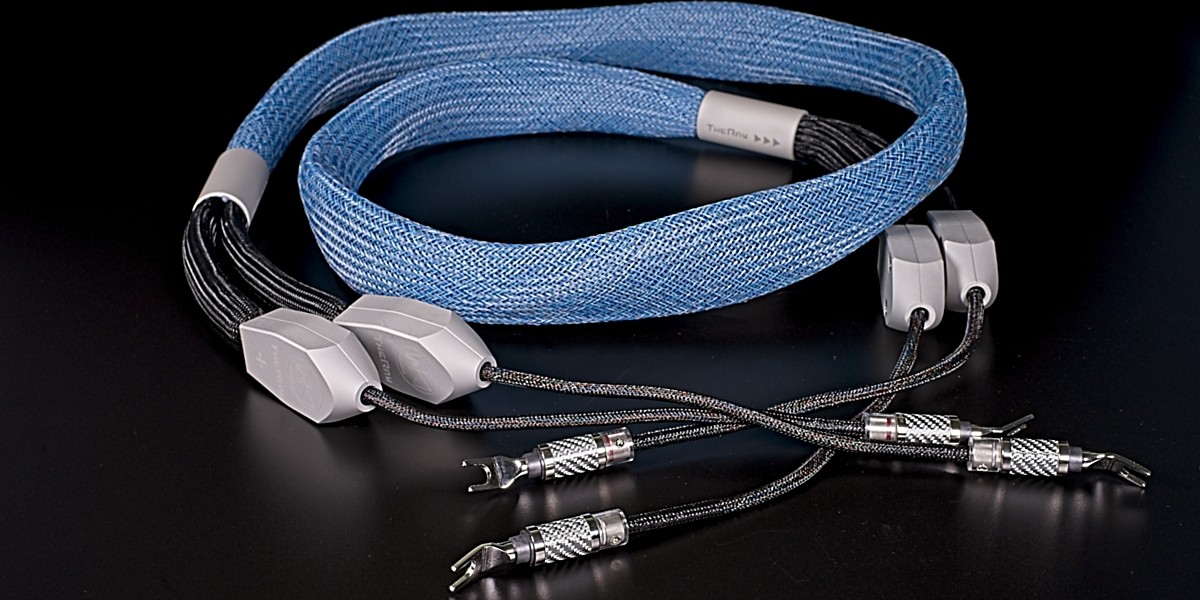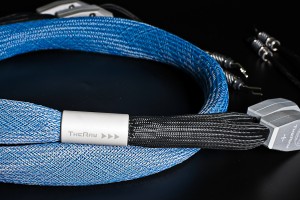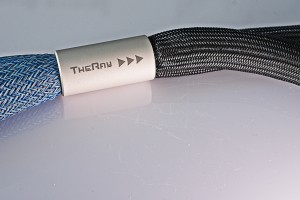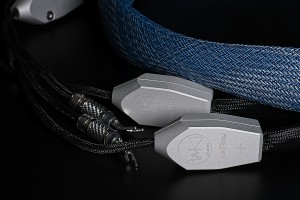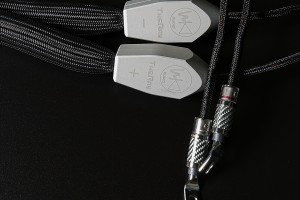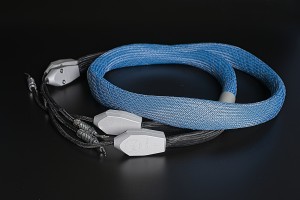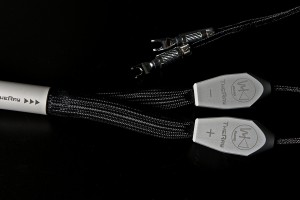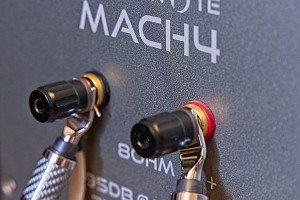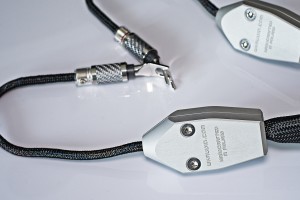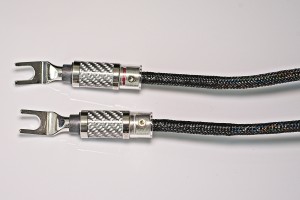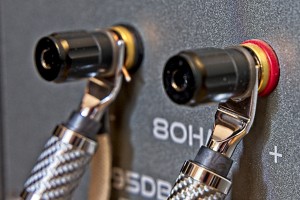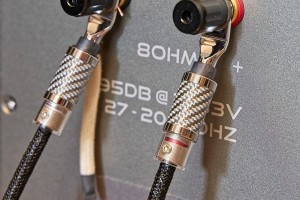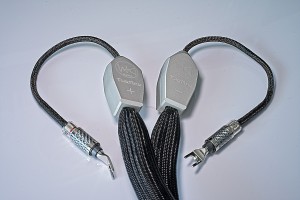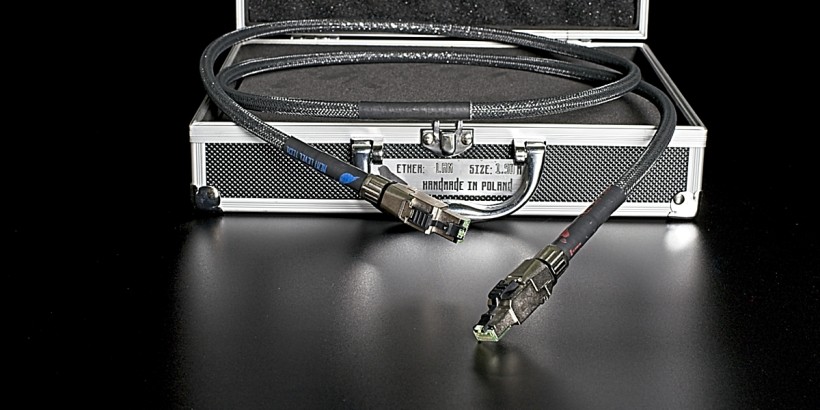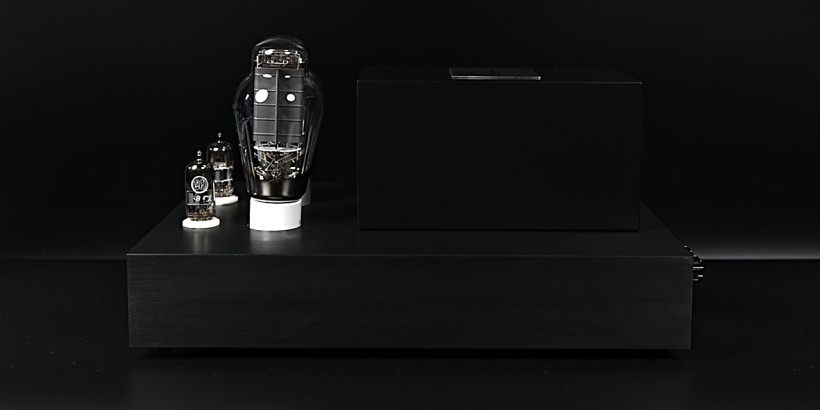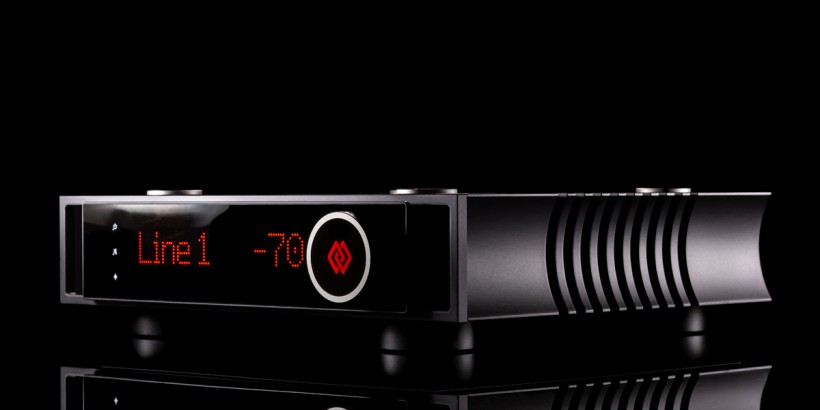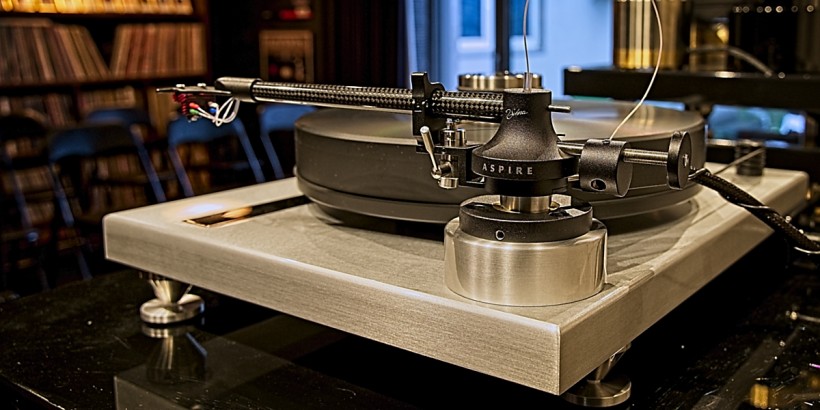This time, we tested the mid-range speaker cable from the Polish brand WK Audio TheRAY SC. Its price, use of high-end components, and build quality suggest a high-end product. Is this really the case? Let’s find out.
Introduction
As you might have already learned from TheRAY XLR IC review (you can check it out HERE), WK Audio is a brand founded by Mr. Witold Kamiński, an architect by trade, and in private life an audiophile and music lover. The first product launched several years back with the WK Audio logo, was an anti-vibration platform. Today, however, the brand offers a range of audio cables. The lineup is currently divided into three series: the top one named TheRED, the mid-range TheRAY, and finally the entry-level TheONE. Each series includes power cable, speaker cables, and interconnects. Additionally, in the TheRED series, you will also find digital interconnects.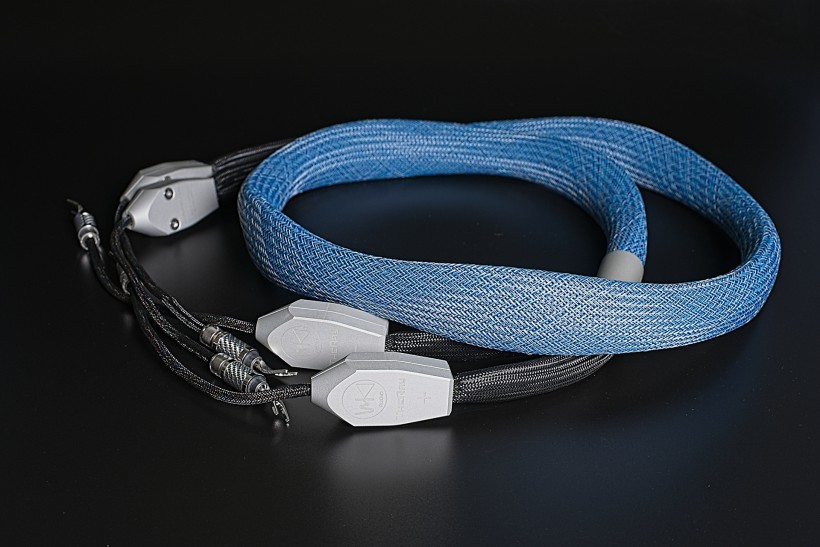
The Polish manufacturer does not share the details of its cable designs. Why? The answer is quite simple – there is no reason to make it easier for others to copy WK Audio cables. It took Mr. Kamiński a lot of time, effort, and probably money as well to develop the designs he currently offers, so his reluctance to share the solutions he has come up with is understandable. Let me just remind you that WK Audio is not alone in this approach, as many companies do the same, and for some reason, the British TelluriumQ is the example that always comes first to my mind.
On its website, the manufacturer emphasizes its cooperation with the Katowice-based distributor of numerous high-end brands, RCM. It allows him to test his ideas in several systems put together by the distributor’s team. This cooperation has probably also resulted in the use of high-quality plugs by Furutech, which in Poland has been distributed for years by RCM.
Design and Features
WK AUDIO TheRAY SC (speaker cables), as I mentioned, are part of the mid-range series of cables offered by the brand. It is available in two versions: Exclusive, with top-of-the-line CF-201R NCF spades (if the buyer opts for bananas, CF-202R NCF are used), and Basic, with slightly cheaper Furutech FP-201R spades. The Exclusive version of the cable also comes in an elegant wooden box, which is not included in the cheaper option.
The cable features an attractive light blue sleeve and is quite thick. Compared to the Soyaton Benchmark MK2 I use in my reference system, it is actually very thick (although you can easily find still significantly thicker competitors on the market). Interestingly, such a large diameter does not translate into a particularly stiff design, which is a practical advantage of this model, as it makes it quite easy to install in any setup. The large diameter also does not mean that the cable is particularly heavy (which is also important, because heavy weight puts strain on the connectors, and in extreme cases can even damage them), which in turn shows that the size of this cable should be primarily credited to the number/thickness of the insulating and vibration-damping layers.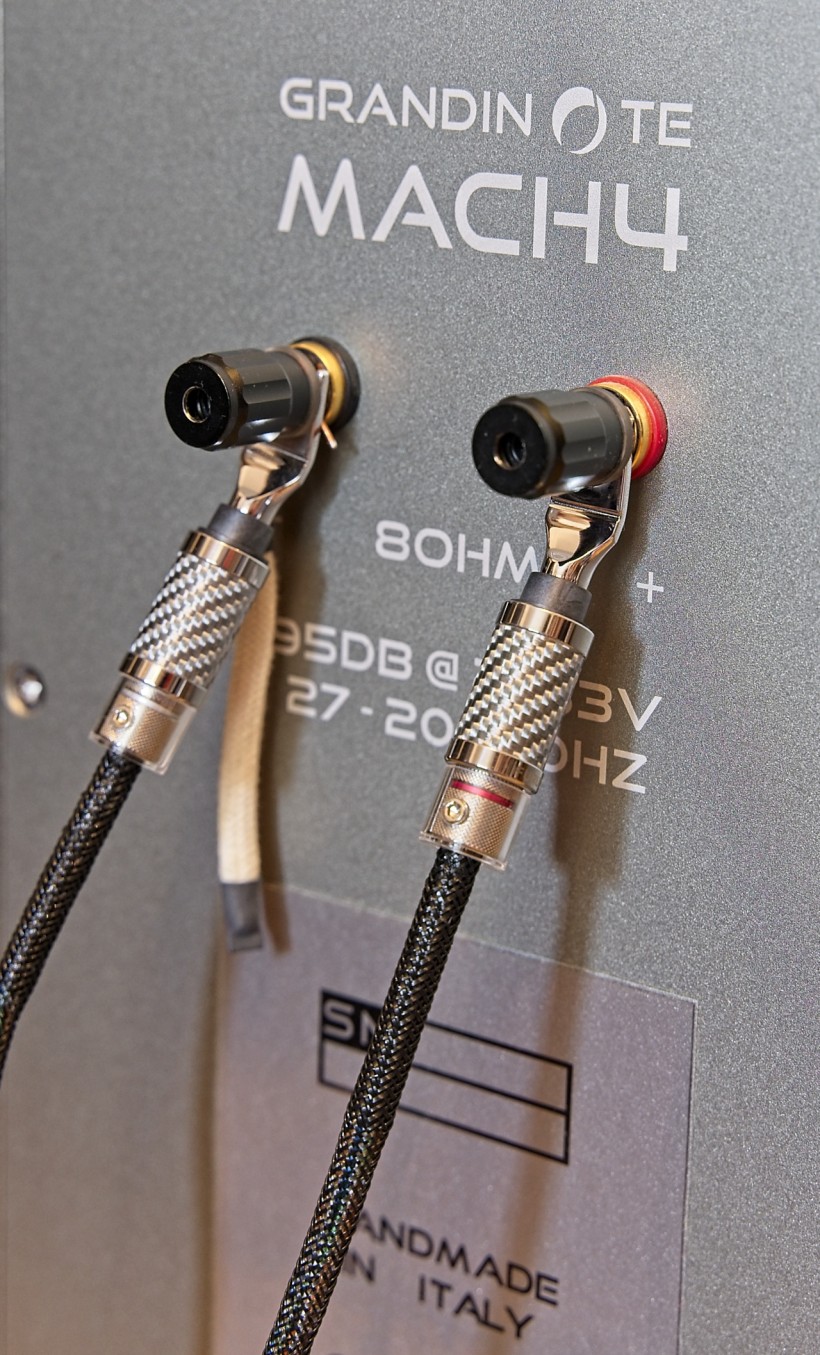
We know very little about what is inside the sleeve, which additionally features beautifully crafted, elegant aluminum elements – sleeves and splitters. According to WK Audio, all of their cables are handmade using high-purity copper conductors. TheRAY SC uses 2 mm² cross-section wires, which are braided together following the manufacturer’s proprietary geometry. As I mentioned, the thickness of the cable results from the use of not one, but several different materials, whose role is to dampen harmful vibrations.
The direction of connection is marked with arrows on the aforementioned aluminum elements of the cable. The whole design looks elegant, and in terms of aesthetics, it can boldly compete with most cables available on the market. Due to its large diameter and eye-pleasing sleeve, it looks impressive. After assessing the aesthetics of TheRAY SC, I could finally connect it to my system and check whether its sound matches its build quality and aesthetics.
Sound
During testing, the WK Audio TheRAY SC connected my trusted class A integrated solid-state amplifier, GrandiNote Shinai, with speakers from the same manufacturer, the MACH4 model. I also conducted shorter listening sessions using Qualiton 300B tube amplifier and AudioForm M200 speakers. The sources used in the test were my reference components. On the digital front, I used a passive music server with Roon, equipped with a JCAT XE EVO USB card (with external power supply), upgraded with the company’s OCXO master clock (also with separate power supply). David Laboga Custom Audio Expression Emerald Mk2 USB cable connected it to the LampizatOr Poseidon state-of-the-art digital-to-analog converter.
On the analog front, I used the outstanding J.Sikora Standard Max turntable with KV12 Max and KV9 tonearms of the same brand, equipped with AirTight PC3 and LeSon LS10 MKII cartridges, respectively. The signal from the cartridges was amplified by a GrandiNote Celio MK IV phono preamplifier. As I mentioned earlier, as a reference, I use a speaker cable from another Polish manufacturer, Soyaton, Benchmark MK2.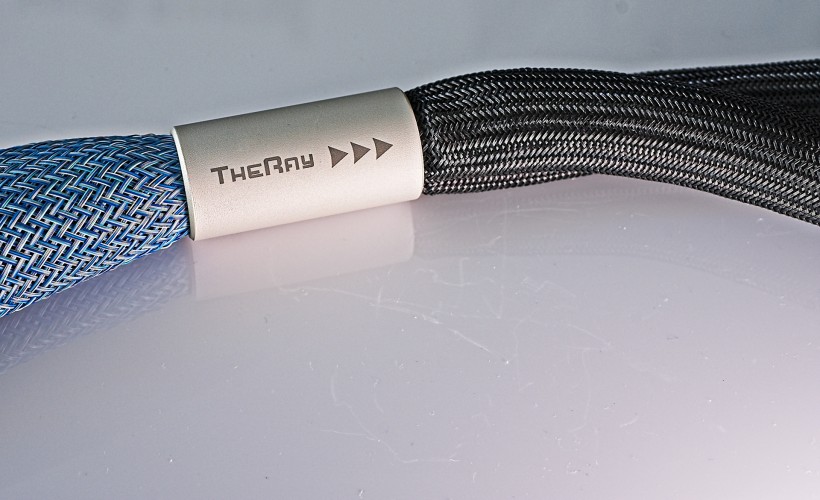
Obviously, I compared the tested cable, or rather the sound it produced, with what I was familiar with from everyday use of the Soyaton Benchmark MK2. After all, the system was the same, the room was the same, the music was the same, and the only difference was the speaker cable. The word RAY, which the manufacturer used for this model, has several meanings in English. The color of the sleeve may be associated with the sea, and following this lead, one can come up with an unusual fish called a stingray.
However, perhaps partly due to the real explosion of beautiful, sunny weather, and partly due to my first impressions of listening to it, the name almost immediately brought to mind a ray of sunshine. Spring rays of sunshine, though not as strong as summer ones, bring with them a lot of stimulating energy that awakens nature and us, don’t they? After all, people love to expose their faces to the sun, enjoying the end of winter (even if this season almost doesn’t really exist anymore, having been replaced by a long autumn). Replacing my Benchmark MK 2 with TheRAY had a similar effect, even though the former is not lacking in terms of energy and also usually brings a smile to my face (albeit with slightly different sound characteristics).
I started by listening to Adam Czerwiński’s album “No Name Yet”. I played the first track with my cable, and the second after switching to the tested TheRAY. The music, jazz to be clear, sounded as if it had been injected with extra energy, with the latter, or at least that’s how I perceived it. It’s not that it was lacking before, but now there was even more of it, causing an effect similar to listening to the same piece of music interpreted by two different musicians, one offering a more relaxed version, and the other a more lively one. After all, each piece can be played in different ways using the same notes. Sometimes it will sound calmer, more relaxed (Soyaton), and other times it will be more energetic, stimulating the listener more strongly (WK Audio). The point is not which way is better, but rather what the listeners expect, what kind of music they listen to, or what suits a given system or even a momentary mood better.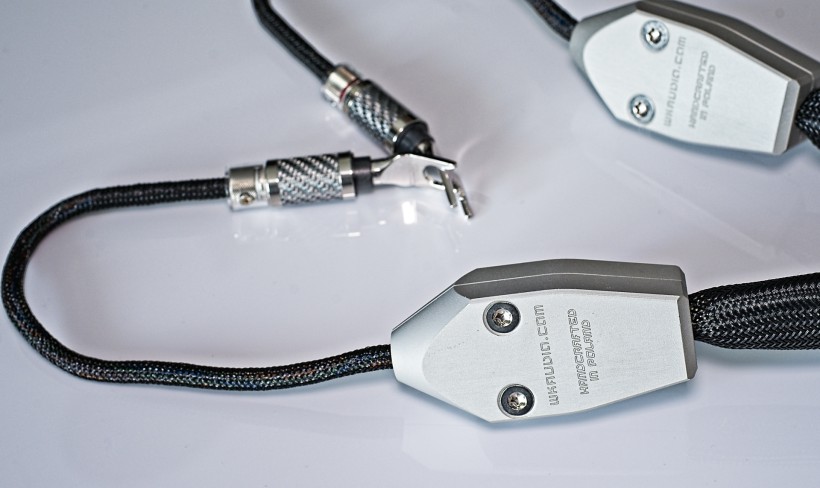
On Adam Czerwiński’s album, this slightly more relaxed style of playing suited me better, but on Ray Gaines’ “I Got The T-Bone Walker Blues”, the extra dose of concentrated energy (especially in the attack phase) served up by TheRAY drew me a little more into this classic, rhythmic blues. On this album, it was also noticeable that the tested cable added a little more weight to the lower end, but it did so sensibly, without overemphasizing it. Drums slams and electric bass heavy notes were therefore more powerful and ‘heavier’, but without blurring the contours. The bass remained tight, fast, and well-differentiated. The greater energy in this part of the range emphasized elements important to blues, such as tempo, rhythm, and timing. All of these were rendered very well with the Benchmark MK2, too, but with TheRAY they came out even better, and certainly more expressively and impressively, which worked perfectly with this genre.
The Dżem’s “Akustycznie” album, followed by “The Percussion Record” by The O-Zone Percussion Group, highlighted the advantages offered by the tested cable also in the opposite frequency range extreme. Openness, vibrancy, and, also in this case, quite high energy of the performance, translated into an impressive but not showy (!) sound of drums and the whole range of percussion instruments. The WK Audio speaker cable did not tend to brighten or harden the treble or upper midrange, but ensured a good differentiation. Therefore, even the brushes in the hands of the drummers sounded clear, and it was easy to hear the separate hits (and even gentle touches) of the cymbals, which did not merge into a monotonous hum. It also showed that not only the differentiation but also the resolution of the tested cable strongly suggested looking for potential competitors in the high-end corner of the market.
The second of the albums mentioned above is a showcase for the entire percussion section, allowing the audio system and its individual components to demonstrate their capabilities across virtually the entire frequency range. It doesn’t change the fact that both range extremes sound truly impressive. The lower end, thanks to the large, powerful-sounding drums, showed that the system supported by TheRAY could extend really low and convey both the speed and the enormous energy generated when the drumsticks hit the drums. On the other hand, the vibraphone and percussion instruments were almost (!) piercing to the ears, which sounded very good with the tested cable – resonant, penetrating, but without crossing the line where the sound becomes unpleasant. And since this is quite fast, dynamic, and energetic music, it allowed the WK Audio speaker cable to show its full potential, which is considerable or even impressive.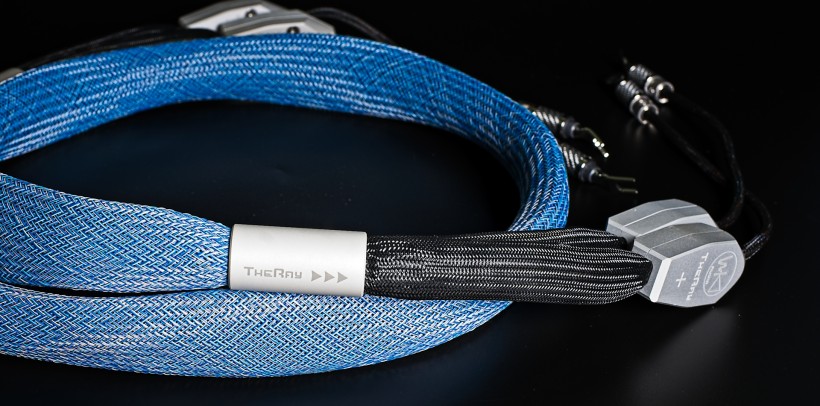
On the albums of the aforementioned Dżem, Patricia Barber, and rock recordings by Pink Floyd, Aerosmith, and Dire Straits, I paid equal attention to the guitar performances and the excellent vocals. Both were presented in a very good, convincing way. Each sounded in its own distinctive way, and the mannerisms and individual vocal performances were not able to throw TheRAY off balance, so to speak. My Benchmark MK2 fills in and adds a bit more weight to the midrange, and as a result, vocals and some instruments that operate heavily in the midrange came across as more tangible, more “here and now.”
With TheRAY, on the other hand, they had more energy, more bite, even though the tested cable seemed to present them from a greater distance. The Soyaton cable is outstanding in terms of soundstage, especially its depth, and in this respect, the WK Audio could not quite match it, but in terms of the organization of the slightly shallower soundstage, it performed very well. The localization of large phantom images was sufficiently precise, as was the gradation of the stage’s layers. Thanks to the high energy of the sound and the ability to reproduce the concert atmosphere, my favorite live recordings were just as engaging and immersive as with the Soyaton.
After reviewing TheRAY SC Basic version, it seemed to me that this cable could be another valuable addition to my reference system as an alternative to the Soyaton Benchmark MK2. My idea of testing any audio component is to find a way for it to truly shine, hence my ‘arsenal’ includes two pairs of speakers, three amplifiers, both analog and digital sources, and several audio and power cables. WK Audio TheRAY SC is as excellent as Soyaton, but it offers quite a different sonic character. Before adding it to the setup, I asked Mr. Kamiński for the opportunity to also check out the Exclusive version, and he kindly complied with my request.
It may seem that since the only distinction between Basic and Exclusive versions is the plugs, the top-of-the-line CF-201R NCF used for the latter, the difference between the two should be minimal. It is definitely not at the day and night level, and I am not going to claim otherwise. Yet, particularly in the long run, I started to notice that with the Exclusive version, the fine details of the high-quality recordings, and the subtleties that differentiate great musicians from very good ones played a bigger role in the presentation.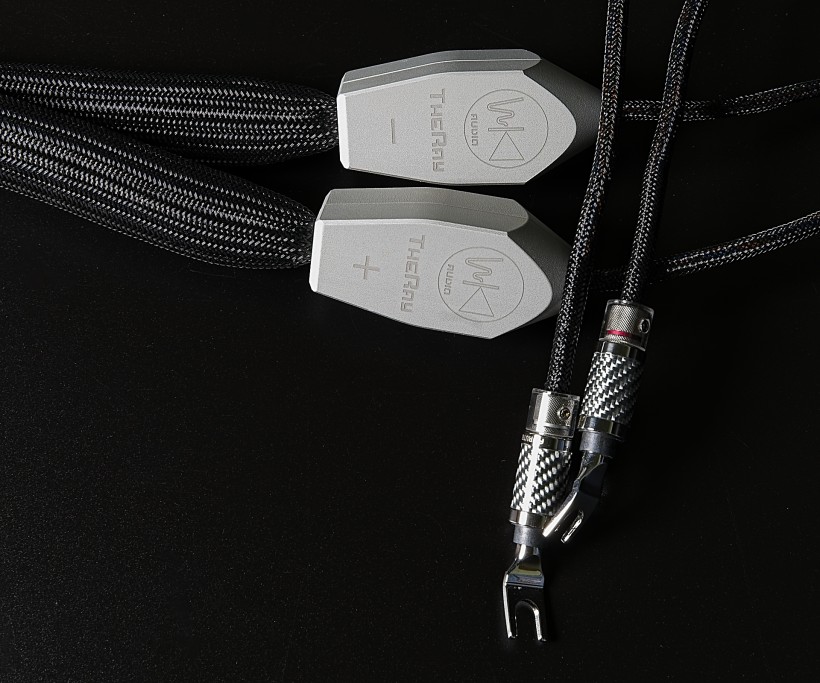
To be clear, bigger still means a small one, but significant enough to make a difference. The music came even more alive, the experience got even more immersive, and my personal favorites, live recordings, became even more „here and now”, drawing me in even more. The longer I listened to TheRAY SC Exclusive, the clearer it became that it offered a clearer, more resolving, more refined version of what the already excellent Basic had presented before. Is it worth an additional 600 EUR? It will depend on the whole setup whether the benefits are significant enough for the extra costs, but for me, it is. Therefore, WK AUDIO TheRAY SC Exclusive becomes the latest addition to my reference setup.
Summary
WK Audio TheRAY SC is a high-end speaker cable in both versions, and it does offer a distinctive sonic character. The keyword here is energy. Its sound is bursting with energy, but, and that’s very important (!), it is well controlled. The attack is strong but not hardened, the bass goes deep and is very powerful, yet sufficiently tight, fast, and well differentiated. There is a lot going on at the top of the range, as there is no lack of energy and ‘freshness’ there either. The sound is open, airy, and vibrant, but there is no harshness or graininess to it. Both extremes of the range, although quite pronounced, are well integrated with the full, colorful midrange, creating a coherent, lively, yet well-controlled whole.
This is a cable that will work well in many high-end systems, especially those that sound a little too calm. The high energy that TheRAY SC brings will be useful in all types of music, because even acoustic jazz or vocals will be more saturated with energy, but it will be a special bonus for fans of rock, metal, and large symphonic music. It is a great contender that is worth trying, even if you are willing to spend a lot more than the (admittedly not cheap) WK Audio TheRAY SC costs. For the ultimate refinement and resolution, you should choose the Exclusive version. The differences between the two are not huge. Both versions of the WK Audio TheRAY SC share the majority of their DNA, after all, but the top Furutech connectors do bring the final touches that make this excellent product even better.
Prices (when reviewed); Europe & USA only:
- WK AUDIO TheRAY SC Basic (Furutech FP-201 R): 4 900 € / 2,5m
- WK Audio TheRAY SC Exclusive (CF 201/202R NCF + wooden box upon request): 5 500 € / 2,5m
Manufacturer: WK AUDIO
Associated equipment:
- Digital source: a custom passive server with WIN10, Roon, Fidelizer Pro 7.10, JCAT NET XE, and JCAT USB XE cards with FERRUM HYPSOS Signature power supply, KECES P8 (mono) linear power supply for the server, JCAT USB Isolator
- D/A Converter: LampizatOr Pacific 2 +Ideon Audio 3R Master Time (USB signal regenerator)
- Analog front end: J.Sikora Standard MAX turntable, J.Sikora KV12 & J.Sikora KV12 MAX tonearms, AirTight PC-3, Audio Technica PTG33 Prestige & LE SON LS10 MKII cartridges, Grandinote Celio MK IV & ESE Lab Nibiru V 5 phono stages.
- Power amplifiers: GrandiNote Shinai, Circle Labs M200, Art Audio Symphony II (modified)
- Preamplifier: Circle Labs P300
- Loudspeakers: GrandiNote MACH4, Ubiq Audio Model ONE Duelund Edition.
- Interconnects: Bastanis Imperial x2, Soyaton Benchmark, Hijiri Million, Hijiri HCI-20, TelluriumQ Ultra Black, KBL Sound Himalaya 2 XLR, David Laboga Expression Emerald USB, David Laboga Digital Sound Wave Sapphire Ethernet
- Speaker cables: Soyaton Benchmark Mk2, WK Audio The RAY Exclusive
- Power cables: DL Custom Audio 3D-S-AC Connect, LessLoss DFPC Signature, Gigawatt LC-3
- Power: Gigawatt PF-2 MK2 and Gigawatt PC-3 SE Evo+; a custom power line with Gigawatt LC-Y in-wall cable; Gigawatt G-044 Schuko and Furutech FT-SWS-D (R)
- Network: Silent Angel Bonn N8 + Silent Angel Forester F1 + optical LAN isolator
- Racks: Base VI, Rogoz Audio 3RP3/BBS
- Anti-vibration accessories: ROGOZ-AUDIO SMO40 and CPPB16 platforms and ROGOZ AUDIO BW40MKII feet, OMEX Symphony 3S, Franc Accessories Ceramic Disc Slim Feet and Wood Block Platform, Graphite Audio CIS-35 and IC-35 Premium


